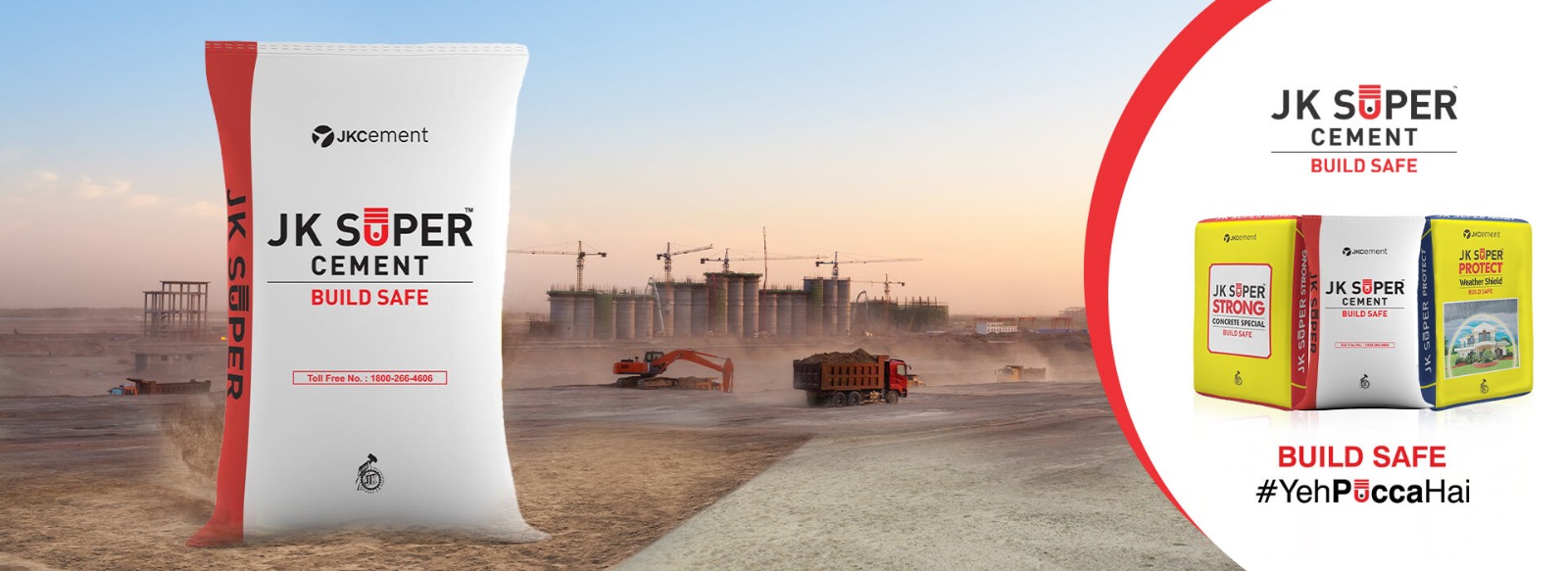HOW TO BUILD EARTHQUAKE RESISTANT BUILDING
How to Build Earthquake Resistant Buildings
Introduction
Earthquakes can cause widespread devastation and loss of life if proper precautions are not taken in building design and construction. Building earthquake-resistant structures is crucial to minimize the impact of seismic events and ensure the safety of occupants. This article outlines key points to consider when constructing earthquake-resistant buildings.
Understanding Seismic Forces
1. Seismic Forces and Building Response
Earthquakes generate forces that can cause buildings to shake, sway, and even collapse. Understanding the different types of seismic forces, such as lateral and vertical forces, is essential for designing structures that can withstand these impacts.
2. Importance of Site Assessment
The geological and geotechnical characteristics of a building site greatly influence its vulnerability to earthquakes. Conduct thorough site assessments to determine soil conditions, ground motion amplification, and potential liquefaction zones, which can inform the design and construction process.
Design Principles for Earthquake Resistance
3. Adequate Structural Design
The structural system of a building should be designed to distribute seismic forces evenly and efficiently throughout the structure. This involves selecting appropriate materials, such as reinforced concrete or steel, and designing load-bearing elements to withstand the forces generated during an earthquake.
4. Seismic Load Calculation
Engineers must calculate the maximum seismic loads a building may experience based on factors like location, soil type, and building height. These calculations guide the design of the building’s foundation, columns, beams, and other structural elements.
5. Flexible and Ductile Design
Earthquake-resistant buildings are designed to be flexible and ductile. Flexibility allows a structure to absorb and dissipate energy, while ductility prevents sudden brittle failure. This can be achieved through careful design of connections and reinforcements.
Construction Techniques
6. Strong Foundations
A solid foundation is crucial for withstanding seismic forces. Foundations should be designed to prevent settlement, tilting, or sliding during an earthquake. Techniques like deep foundations, such as piles or caissons, are often employed in seismically active regions.
7. Reinforcement and Bracing
Reinforcing structural elements with materials like rebar or steel mesh adds strength and ductility. Techniques such as cross-bracing, shear walls, and moment-resisting frames are used to enhance a building’s ability to withstand lateral forces.
8. Proper Anchoring
Non-structural components, such as plumbing, electrical systems, and equipment, should be securely anchored to prevent damage or detachment during an earthquake. Unsecured components can become hazards to occupants.
Quality Control and Testing
9. Material Quality
Using high-quality construction materials is essential for ensuring the integrity of earthquake-resistant buildings. Materials should meet relevant seismic design standards and undergo rigorous testing to verify their strength and durability.
10. Construction Supervision
Regular inspections and supervision during construction help ensure that the building is being constructed according to seismic design specifications. Any deviations or flaws should be addressed promptly to maintain the building’s earthquake resistance.
Conclusion
Building earthquake-resistant structures involves a comprehensive understanding of seismic forces, diligent design principles, appropriate construction techniques, and strict quality control. By incorporating these key points, architects and engineers can create buildings that minimize damage and protect lives during seismic events. Remember, investing in earthquake resistance today can save countless lives and resources in the future.


